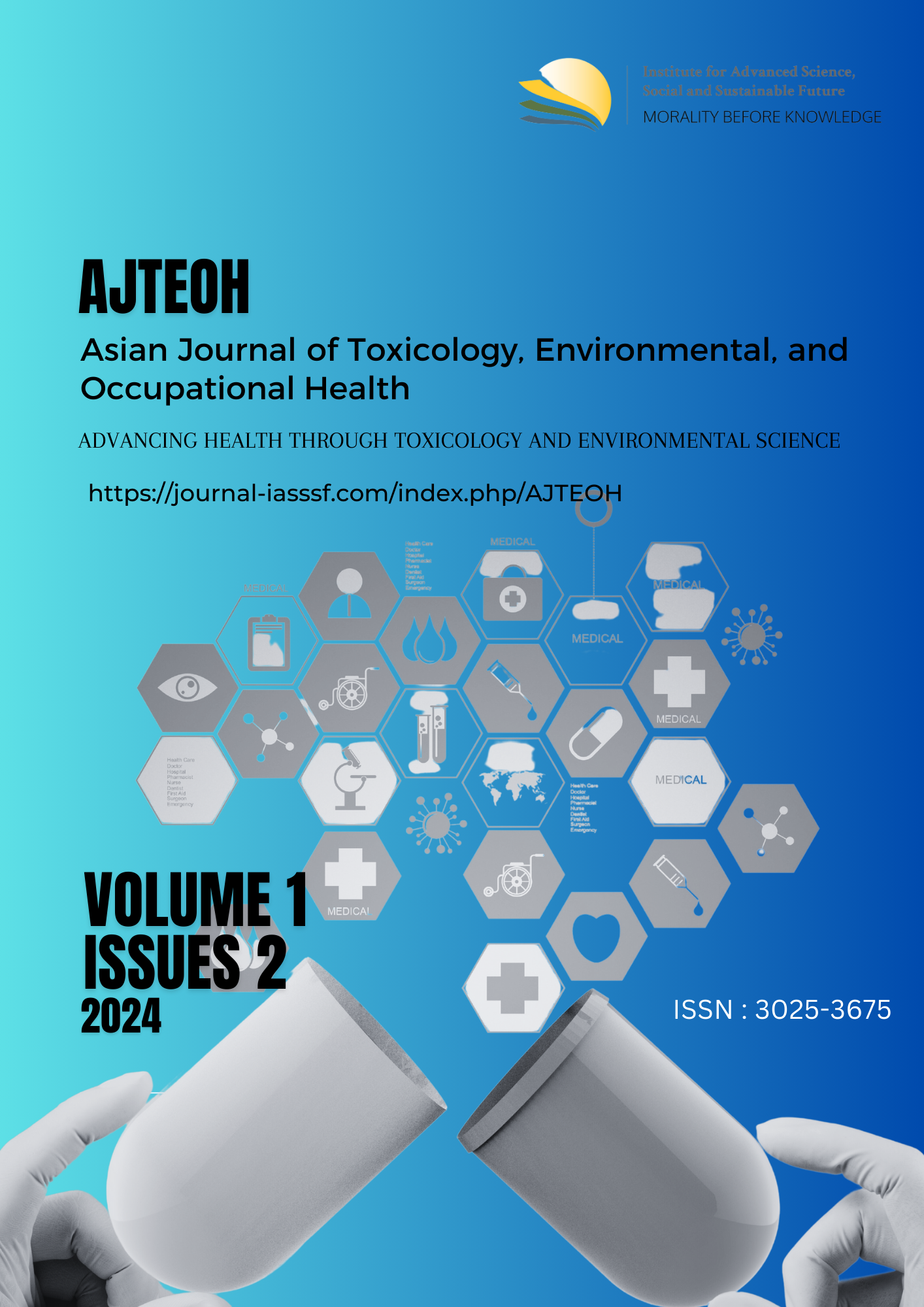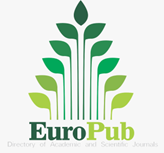Improving occupational health and safety discipline for accident prevention through the implementation of the 5-S practice
DOI:
https://doi.org/10.61511/ajteoh.v1i2.2024.317Keywords:
5S standard, safety discipline, safety impact, work cultureAbstract
Work accidents are not just a single event but occur through a series of interrelated causes. The main source of accidents is the existence of unsafe actions that refer to worker behavior and unsafe conditions that refer to the work environment. The approach that can be used to prevent work accidents in the work environment is the implementation of the 5S standard through the Plan Do Check Action (PDCA) methodology. The implementation of 5S is carried out in stages and systematically starting from planning, implementation, checking, and continual improvement of each 5S element. Each of the five stages is important and should be taken seriously and handled separately and sequentially. The initial three stages are operational; the fourth phase preserves the state established in the first three phases; and the fifth phase aids in our efforts to improve things continuously. Improved working conditions and an accident-free workplace can result from a better understanding of the 5S idea and how it relates to the safety management system. This will increase employee satisfaction in industrial organizations.
References
Buchari, Matondang, N., & Sembiring, N. (2018). Work Environment Engineering Using HIRARC and 5S Method. in AIP Conference Proceedings. Vol. 1977. American Institute of Physics Inc. https://doi.org/10.1063/1.5042864
Cierniak-Emerych, A., & Golej, R. (2020). Changes in Safety of Working Conditions as a Result of Introducing 5S Practices. IBIMA Business Review, 2020: 1–13. https://www.wir.ue.wroc.pl/docstore/download/UEWR287c24f5d2bf4fa1a87d640628ee32ab/Cierniak_Emerych_Golej_Changes-In_Safety_Of_Working.pdf
Goetsch, D. L., & Davis, S. B. (2010). Quality Management for Organizational Excellence: Introduction to Total Quality. Pearson Prentice Hall. https://opaclib.inaba.ac.id/index.php?p=show_detail&id=2597
Hasan, F. (2022). Introdustion 5R System-Suatu Pondasi Kuat Untuk Perbaikan Kondisi Lingkungan Kerja Yang Berkesinambungan. https://belajark3.com/materi-k3/materi/5R.pdf
Jiménez, M., Romero, L., Domínguez, M., & del Mar Espinosa, M. (2015). 5S methodology implementation in the laboratories of an industrial engineering university school. Safety science, 78, 163-172. http://dx.doi.org/10.1016/j.ssci.2015.04.022
Kamal, N., Lubis, M. R., & Jehan, M. (2019). Peningkatan Kinerja K3 Dan KO di Perusahaan Pertambangan Melalui Penerapan SMKP. Jurnal Teknik Mesin Unsyiah, 7(1), 5-9. https://doi.org/10.24815/jtm.v7i1.13974
Khamis, N., Abrahman, M. N., Jamaludin, K. R., Ismail, A. R., Ghani, J. A., & Zulkifli, R. (2009, July). Development of 5S Practice Checklist for Manufacturing Industry.Pp. 978–88 in Proceedings of the World Congress on Engineering, edited by N. J. Khamis and M. N. Abrahman. 10.35940/ijitee.K2488.0981119
Kholidah, N. A., & Prasetyo, E. (2018). Implementasi Penerapan Budaya 5R (Ringkas, Rapi, Resik, Rawat, Dan Rajin) Dalam Kesehatan Dan Keselamatan Kerja (K3) Pada Pekerja Unit Ekologi PT. Pura Barutama Kudus. Pp. 236–41 in PROSIDING HEFA (Health Events for All), edited by E. Prasetyo, D. L. Caesar, S. Huda, S. Hartini, A. D. Listyarin, S. Hindriyastuti, R. Nafi’ah, S. Primadevi, and D. E. Mugitasari. Kudus: LPPM STIKES Cendekia Utama Kudus. http://www.stikescendekiautamakudus.ac.id/
Osada, T. (1991). “Five Keys to a Total Quality Environment.” Asian Productivity Organization.
Ozdemir, Y., Gul, M., & Celik, E. (2017). Assessment of Occupational Hazards and Associated Risks in Fuzzy Environment: A Case Study of a University Chemical Laboratory. Human and Ecological Risk Assessment 23(4):895–924. https://doi.org/10.1080/10807039.2017.1292844
Rahman, I., Irawati, I., & Arianto, M. F. (2021). Pengaruh Penerapan 5R (Housekeeping) terhadap Perilaku Keselamatan dan Kesehatan Kerja (K3) pada Perawat di Ruangan Perawatan. Window of Health: Jurnal Kesehatan, 289-295.. https://doi.org/10.33096/woh.v4i04.145
Randhawa, J. S., & Ahuja, I. S. (2017). 5S implementation methodologies: literature review and directions. International Journal of Productivity and Quality Management, 20(1), 48-74. https://doi.org/10.1504/IJPQM.2017.080692
Rosento, R. S. T., Yulistria, R., Handayani, E. P., & Nursanty, S. (2021). Pengaruh keselamatan dan kesehatan kerja (K3) terhadap produktivitas kerja karyawan. Jurnal Swabumi, 9(2), 155-166. https://www.academia.edu/download/81702471/pdf.pdf
Suprayitno, H., Rahadi, D. R., & Rusdianto, R. (2021). Mencegah Kecelakaan Kerja Dengan Budaya 5R. Jurnal Pengabdian Kepada Masyarakat Bina Darma, 1(1), 20-29. https://doi.org/10.33557/pengabdian.v1i1.1342
Waluyo, P. (2020). Penerapan Pekerjaan Proyek Konstruksi Pada Masa Pandemi Covid-19 Menggunakan Pendekatan OHSAS 18001. Jurnal Konstruksia, 12(1), 69-80. https://jurnal.umj.ac.id/index.php/konstruksia/article/download/6780/4850
















